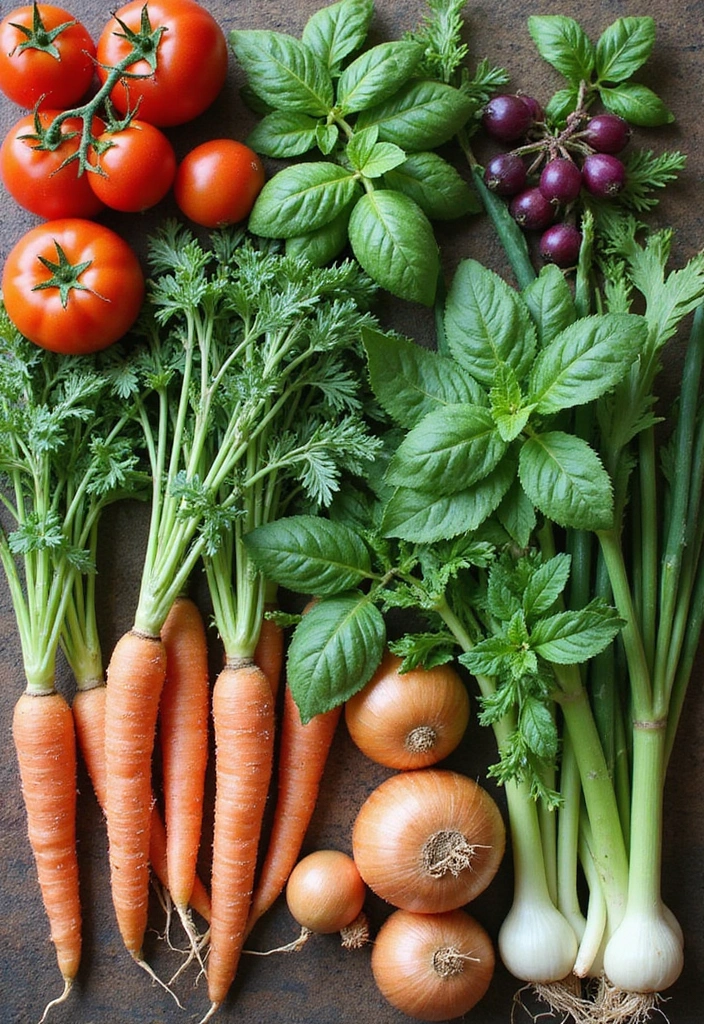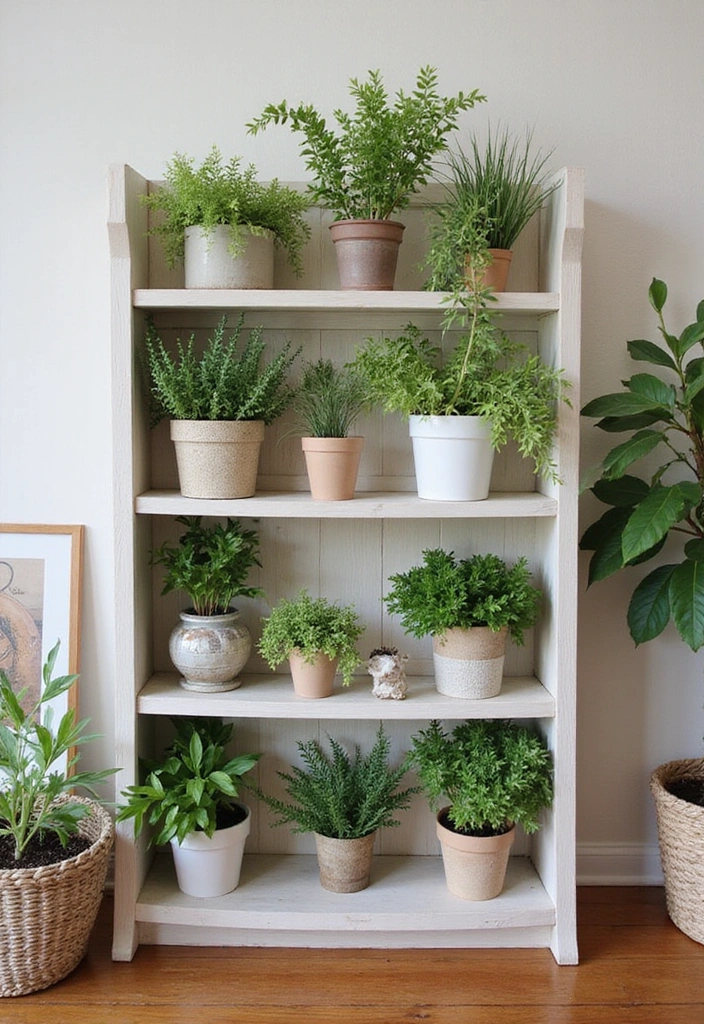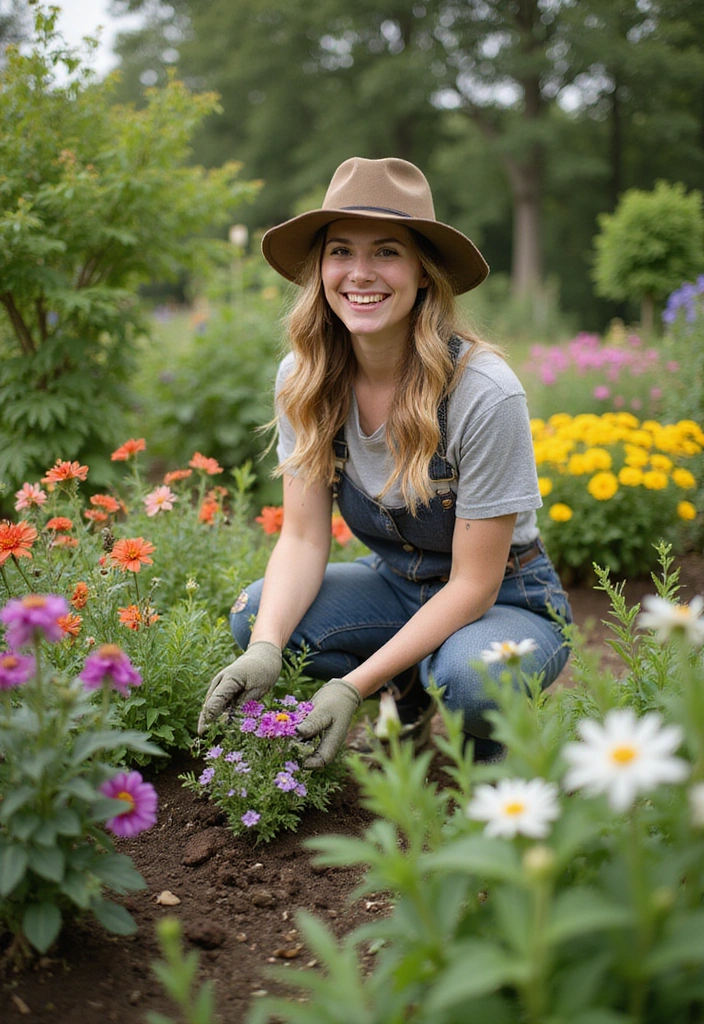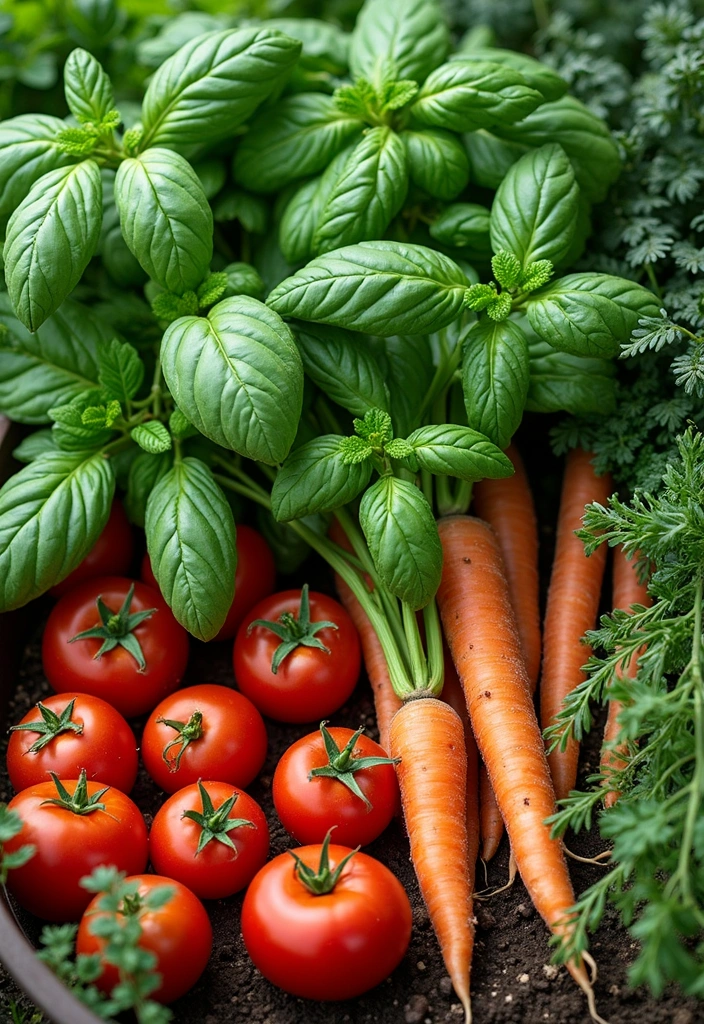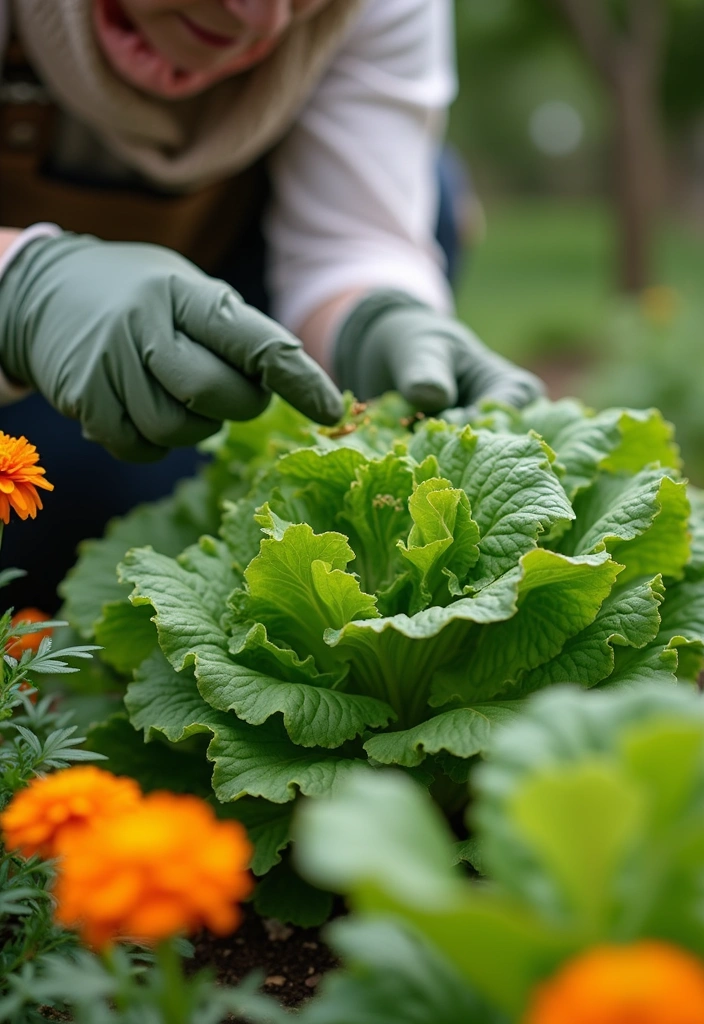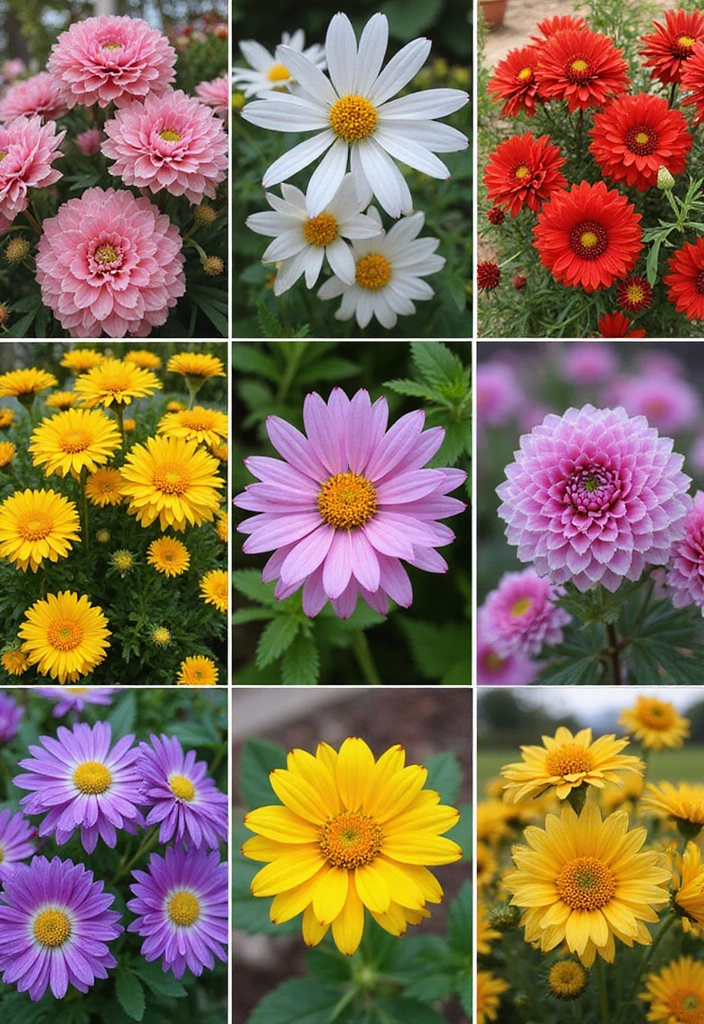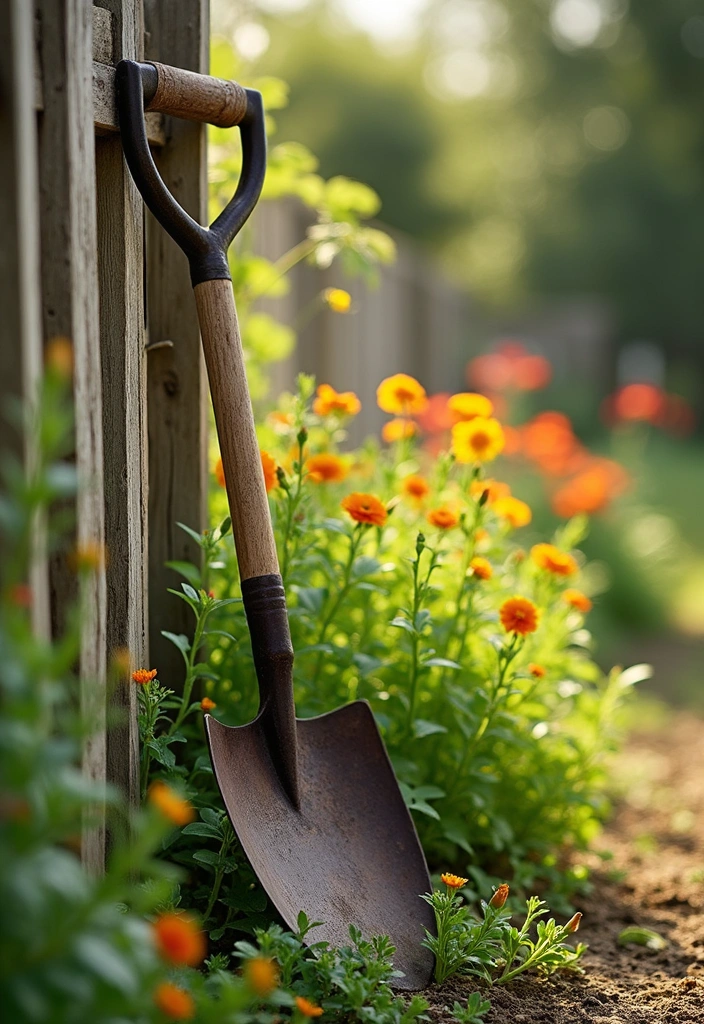Unlock expert garden maintenance secrets! Discover 13 essential tips that will keep your plants thriving all year round, ensuring lush growth and vibrant beauty in every season.
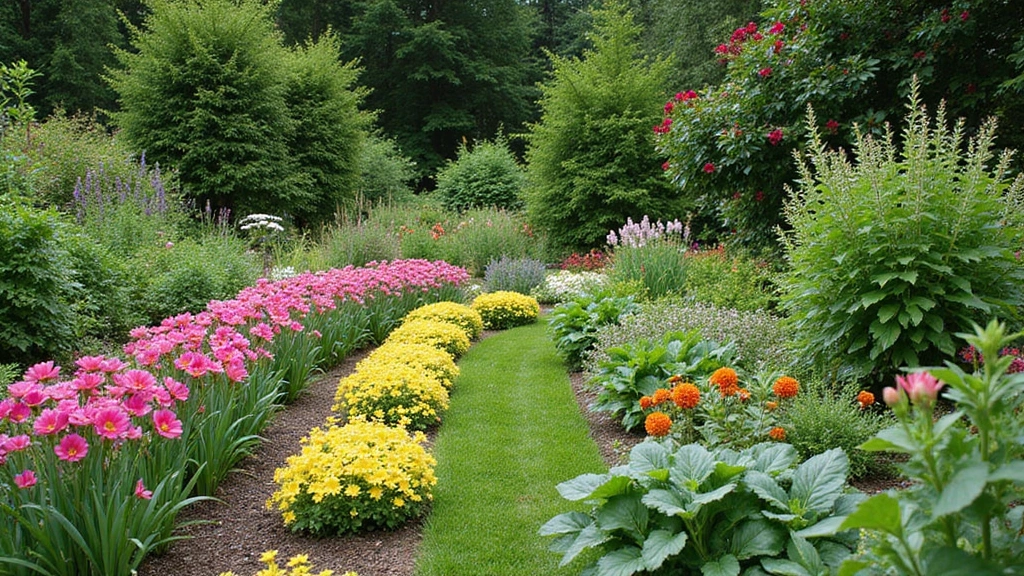
Gardening is more than just a hobby—it’s a way to cultivate beauty and serenity right at home. Whether you’re growing vibrant flowers, luscious vegetables, or lush greenery, keeping your garden in peak condition throughout the year can seem daunting.
Fear not! With some insider secrets, you can have your garden flourishing with minimal effort. From seasonal tips to easy hacks, there’s something here for everyone—no matter your gardening experience. Get ready to unlock the secrets of garden maintenance that will transform your outdoor space into a flourishing paradise!
1. Understand Your Soil
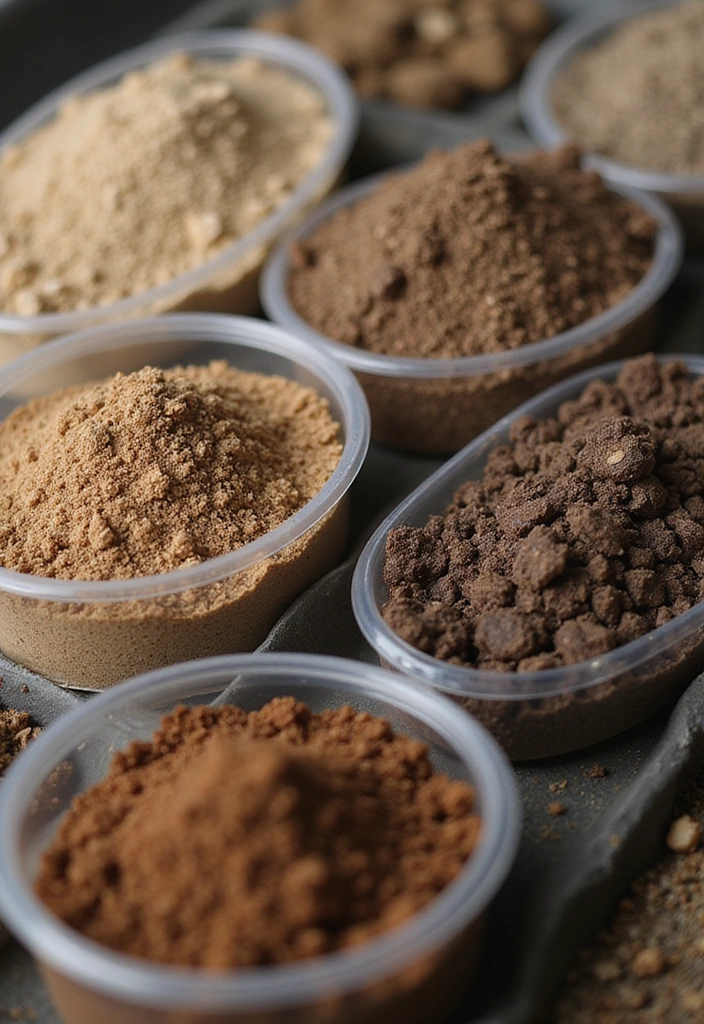
Soil is the foundation of your garden, quite literally! To keep your plants healthy, you need to know what kind of soil you’re working with. Start by testing your soil pH, which can determine nutrient availability.
A simple DIY soil test can be done using a kit from a garden center. Most plants thrive in a pH between 6.0 and 7.5. If your soil is too acidic or alkaline, consider amending it with compost or other organic matter.
Also, check soil texture—sandy soils drain quickly, while clay soils hold moisture. Mix in organic materials like peat moss or compost to improve drainage and nutrient retention. This simple understanding can lead to healthier plants and a more vibrant garden overall.
2. Water Wisely
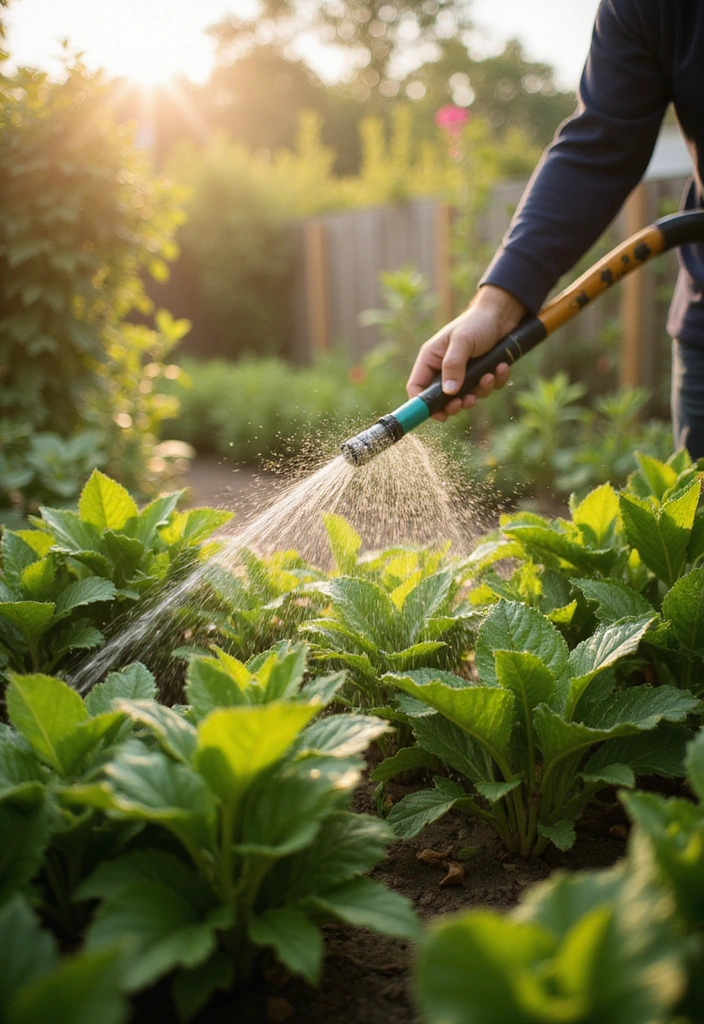
Watering is an art. Too much can drown your plants, while too little can leave them parched. The key is to water deeply and less frequently, encouraging roots to grow deeper into the soil.
Early mornings are the best time to water, as it allows plants to absorb moisture before the heat of the day. A good rule of thumb is to give your garden about an inch of water per week, whether from rain or your hose.
Consider using drip irrigation or soaker hoses to deliver water directly to the roots. This saves water and minimizes evaporation. Remember, plants will let you know if they’re thirsty—look for drooping leaves or dry soil. A little attention can go a long way in maintaining a healthy garden.
3. Mulch for Success
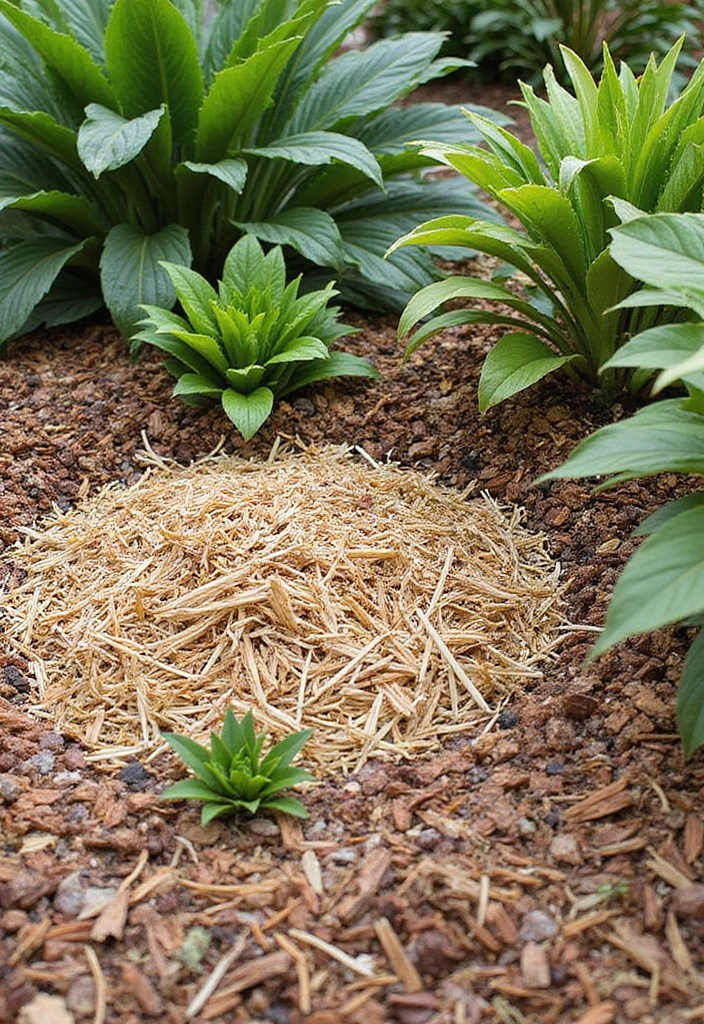
Mulching is like giving your garden a warm blanket. It helps retain moisture, suppress weeds, and regulate soil temperature. Choose organic mulches like straw, wood chips, or shredded leaves for the best benefits.
Apply a layer of 2-4 inches around your plants, but avoid piling it against the stems to prevent rot. As it breaks down, organic mulch also adds nutrients back into the soil, further benefiting your plants. Plus, it can give your garden a neat, polished look!
Refreshing your mulch every spring will keep your garden looking its best. This simple step can save you time weeding and watering throughout the season.
4. Pruning and Deadheading
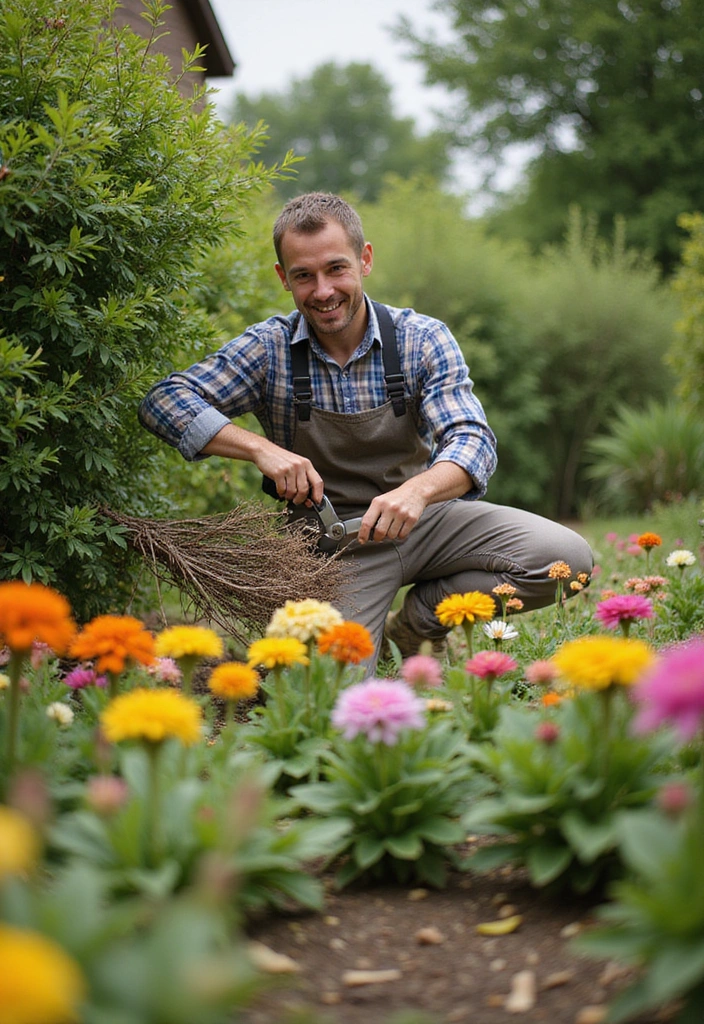
Regular pruning and deadheading are key to keeping your garden productive and beautiful. Pruning encourages healthy growth by removing dead or diseased branches, allowing light and air to reach the healthy parts of the plant.
Deadheading, or removing spent flowers, not only keeps your plants looking neat but also encourages new blooms. Use sharp, clean tools for a clean cut—this prevents damage and disease.
Always check specific plants for their pruning needs; some love a good trim while others do better with minimal interference. At the end of the day, a little maintenance can lead to a more vibrant and productive garden.
5. Fertilize Smartly

Feeding your plants with the right nutrients is crucial for a thriving garden. Choose a high-quality fertilizer suited to your plants’ needs—whether it’s organic compost, granular fertilizers, or liquid feeds.
For most plants, a balanced fertilizer with equal parts nitrogen, phosphorus, and potassium works wonders. Apply during the growing season, usually in spring and summer. But don’t overdo it; too much fertilizer can harm plants and hurt the environment.
Consider using slow-release fertilizers, which provide nutrients gradually over time, reducing the risk of runoff and waste. Pay attention to your plants’ signs—yellowing leaves or stunted growth may indicate nutrient deficiencies.
6. Encourage Beneficial Insects
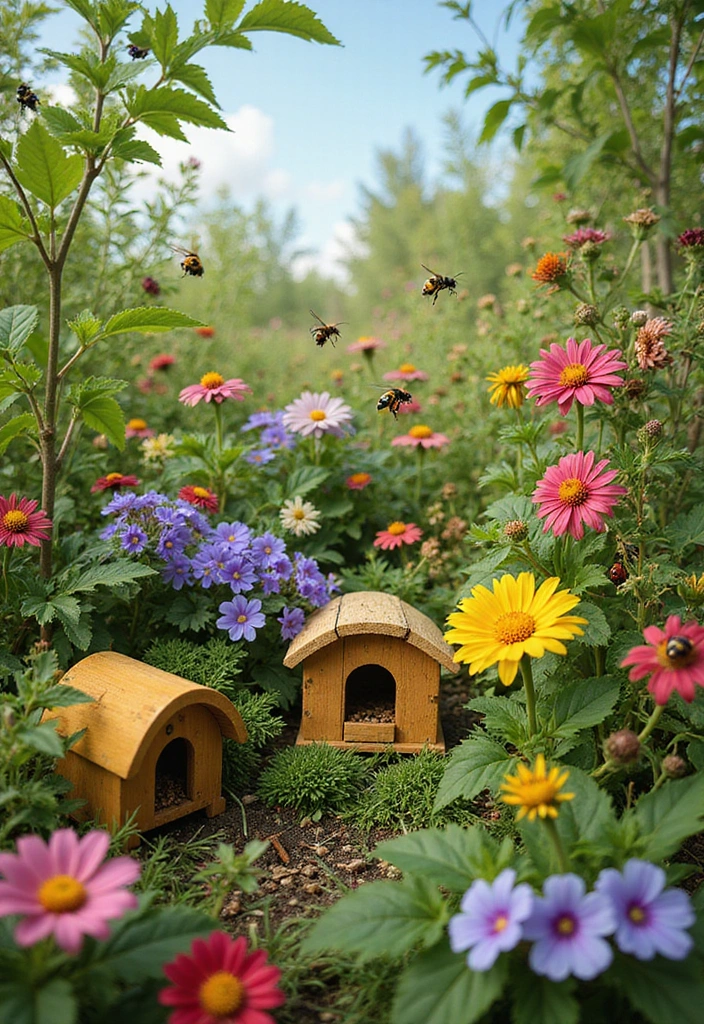
Insects can be a gardener’s best friend! Ladybugs, bees, and lacewings can help pollinate and naturally manage pests. To attract these beneficial insects, create a welcoming environment.
Plant a variety of flowering plants—especially those with small, clustered flowers, like dill, fennel, and yarrow. Gardens that mix plants and maximize biodiversity are more resilient to pests and diseases. Avoid pesticides that can harm these good bugs, and consider using organic alternatives if pests do appear.
Setting up small habitats, like insect hotels or a small patch of wildflowers, can help give these beneficial insects a place to thrive. With their help, your garden can maintain its health naturally.
7. Rotate Your Crops
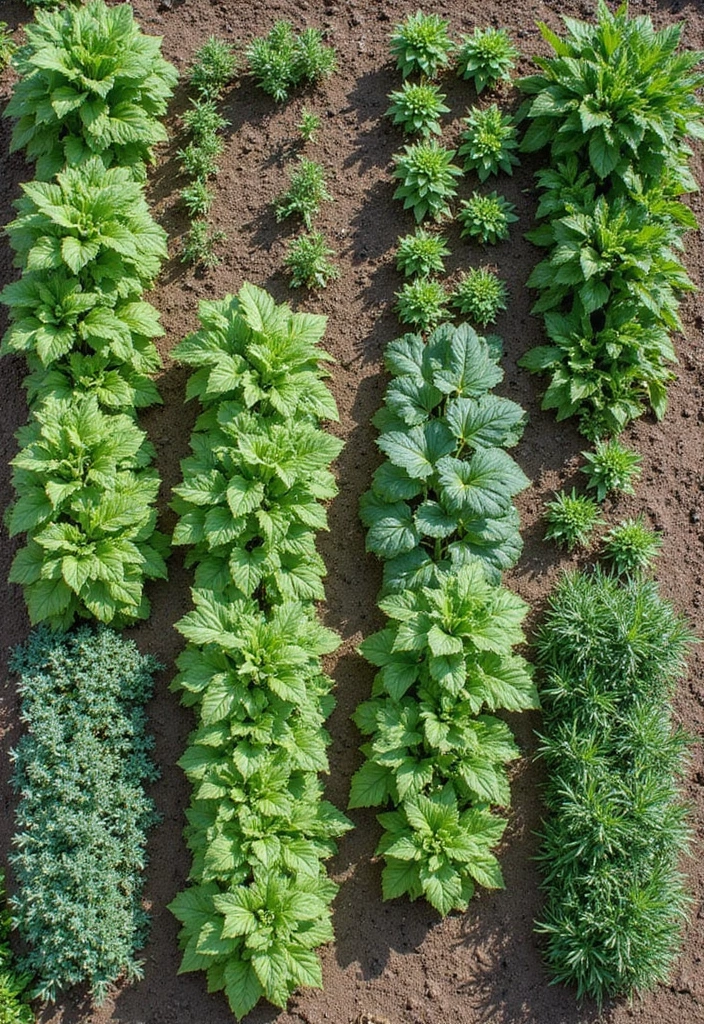
Crop rotation is a secret that can prevent soil depletion and pest buildup. By changing where you plant specific crops each season, you help maintain soil health and reduce the risk of diseases.
Planting the same crops in the same place year after year can lead to nutrient deficiencies and pest problems. Instead, group plants with similar needs together and rotate their locations each year.
For example, follow heavy feeders like tomatoes with light feeders like beans or peas. This keeps your soil rich and your plants healthy. Plus, it adds an element of surprise to your garden each year!
8. Keep an Eye on Pests
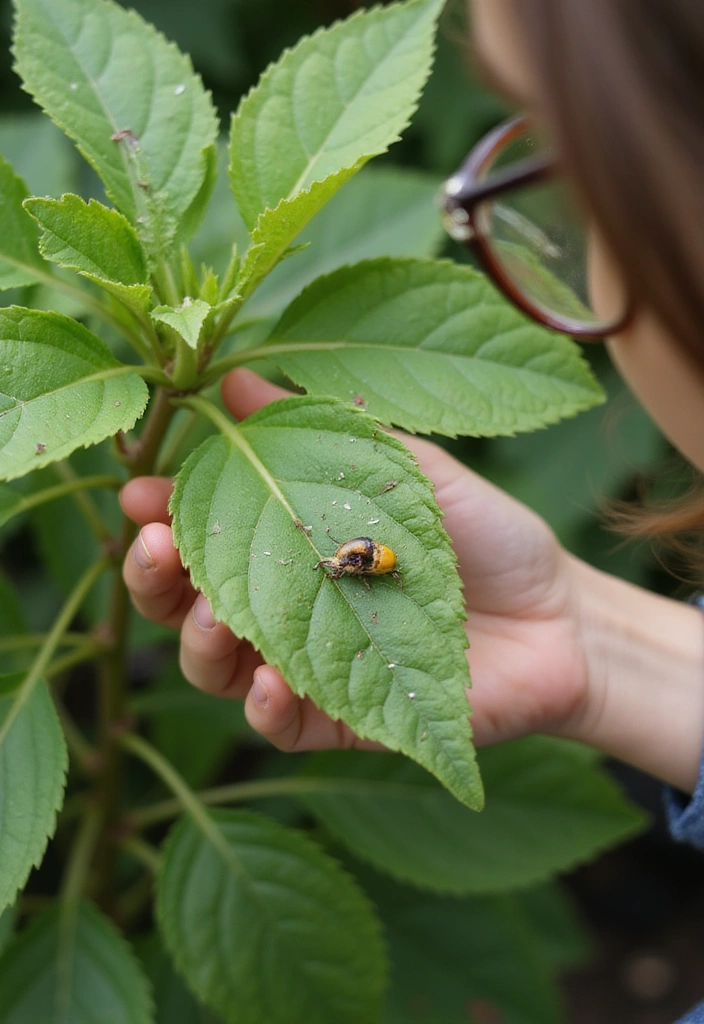
Pest management is all about staying alert and being proactive. Regularly inspect your plants for signs of trouble, like holes in leaves or discolored foliage. Early detection can save your garden from bigger headaches later.
Implement integrated pest management (IPM) techniques by combining cultural, physical, and biological controls. Use traps, barriers, or natural repellents like neem oil or insecticidal soap to keep pests at bay. Encourage natural predators by maintaining a healthy garden ecosystem. Balance is key; don’t panic at the first sight of a bug—most can be managed without drastic measures.
9. Seasonal Clean-up
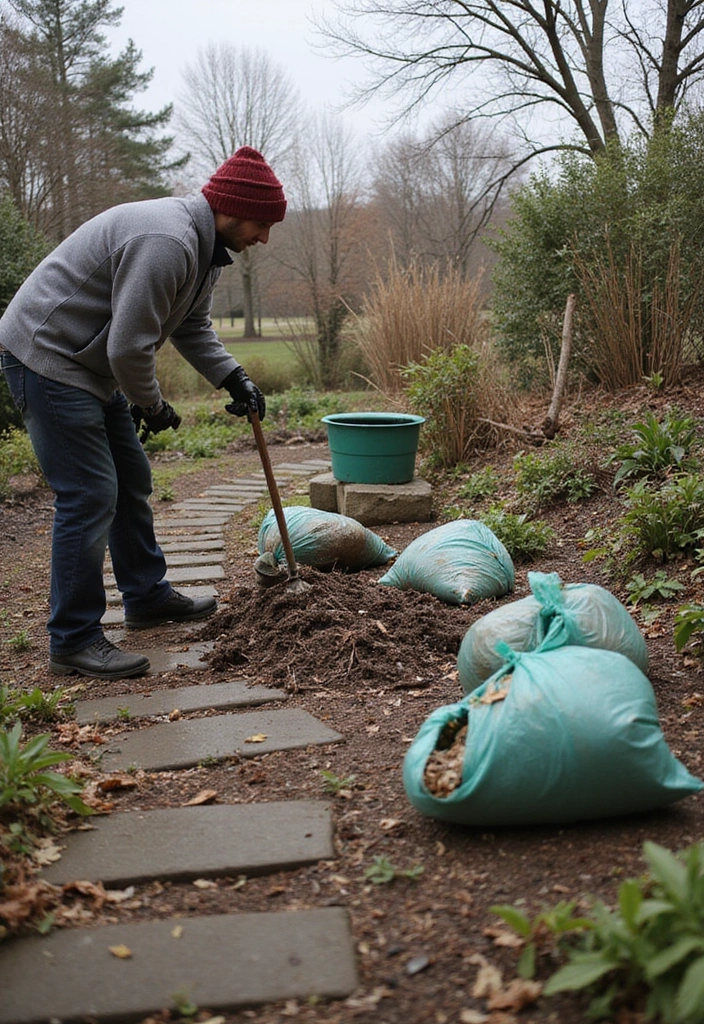
Clearing out debris and spent plants at the end of each season is essential for a healthy garden. This helps prevent diseases and pests from overwintering in your garden beds.
Remove any remaining leaves, stems, or dead plants, and compost them if they are healthy. Clean garden tools to prevent the spread of diseases, and turn the soil to aerate it and prepare it for new growth. A tidy garden is not only more appealing but also sets the stage for a successful planting season when spring rolls around.
Consider adding a layer of mulch after clean-up to prevent weed growth and keep your soil temperature stable. A little preparation at the end of the season pays off big time!
10. Use Companion Planting
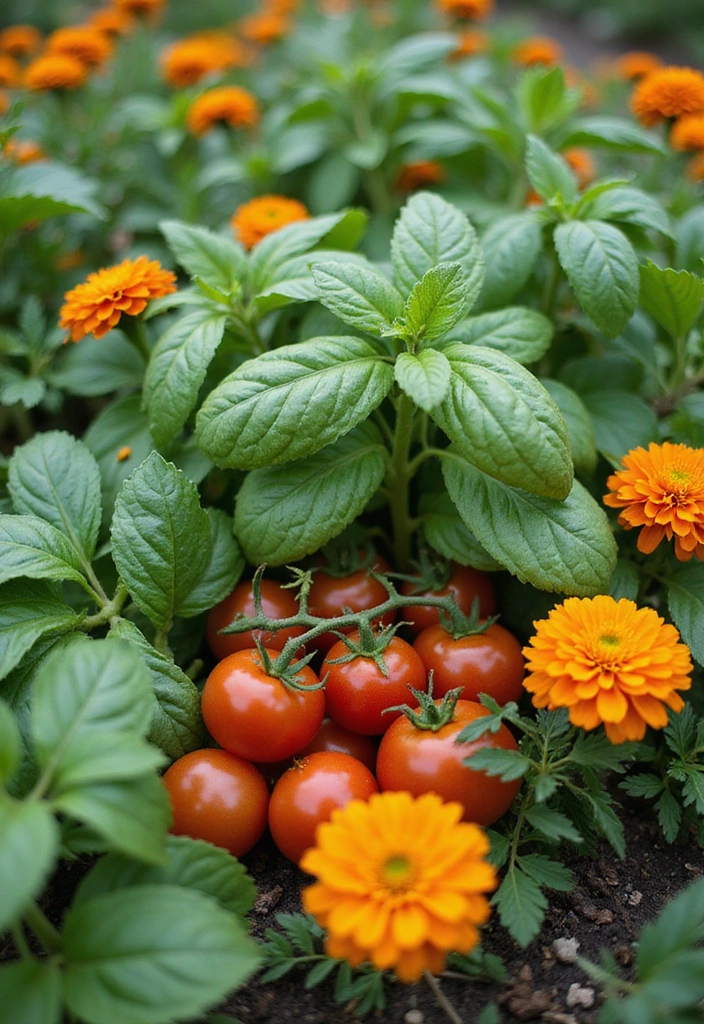
Companion planting harnesses the natural relationships between different plants to maximize their growth potential. Certain plants thrive when grown together, while others may hinder each other’s growth.
For example, tomatoes and basil are a classic pairing—basil can enhance the flavor of tomatoes and deter pests. Likewise, planting marigolds can repel harmful insects while attracting pollinators. Research companion plants that work well in your region and experiment to find combinations that yield the best results. It’s a fun way to plan your garden and can lead to more bountiful harvests!
11. Protect from Extreme Weather
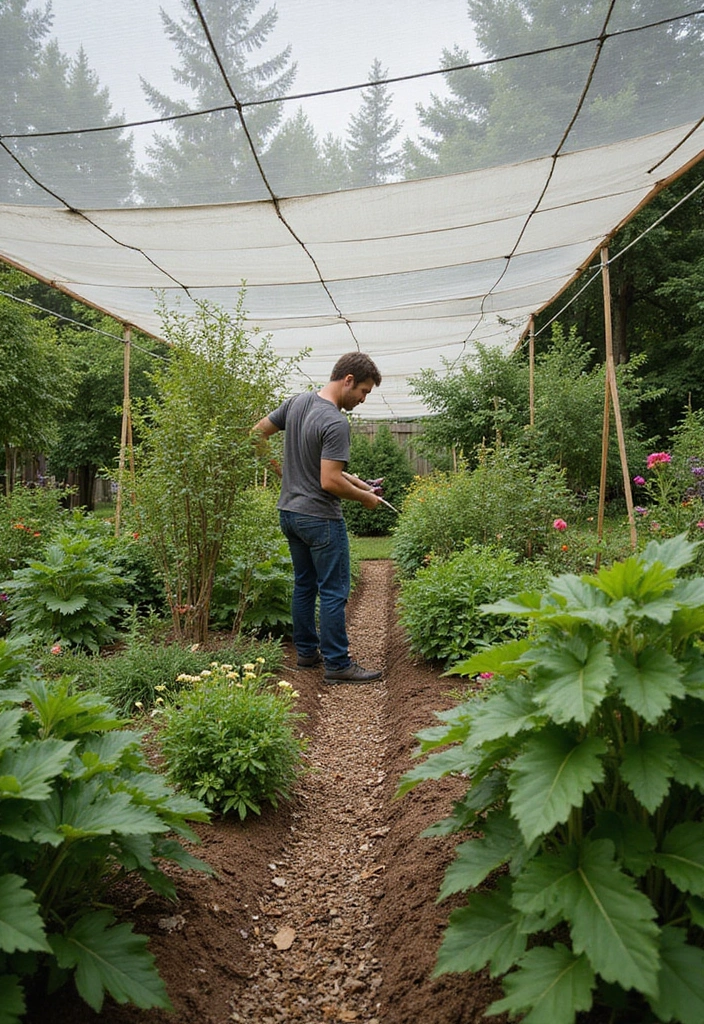
Weather can be unpredictable, and protecting your plants from extremes is crucial for their health. During hot spells, consider using shade cloth to shield sensitive plants from scorching sun.
In winter, mulch can provide insulation for roots against frost. For severe storms, staking tall plants and creating windbreaks can prevent damage. Be proactive; monitor weather reports and anticipate when to take measures.
A simple row cover can also protect young plants from sudden cold snaps or pests. Being prepared can save your garden from the harsh realities of Mother Nature and keep it thriving.
12. Stay Educated and Inspired
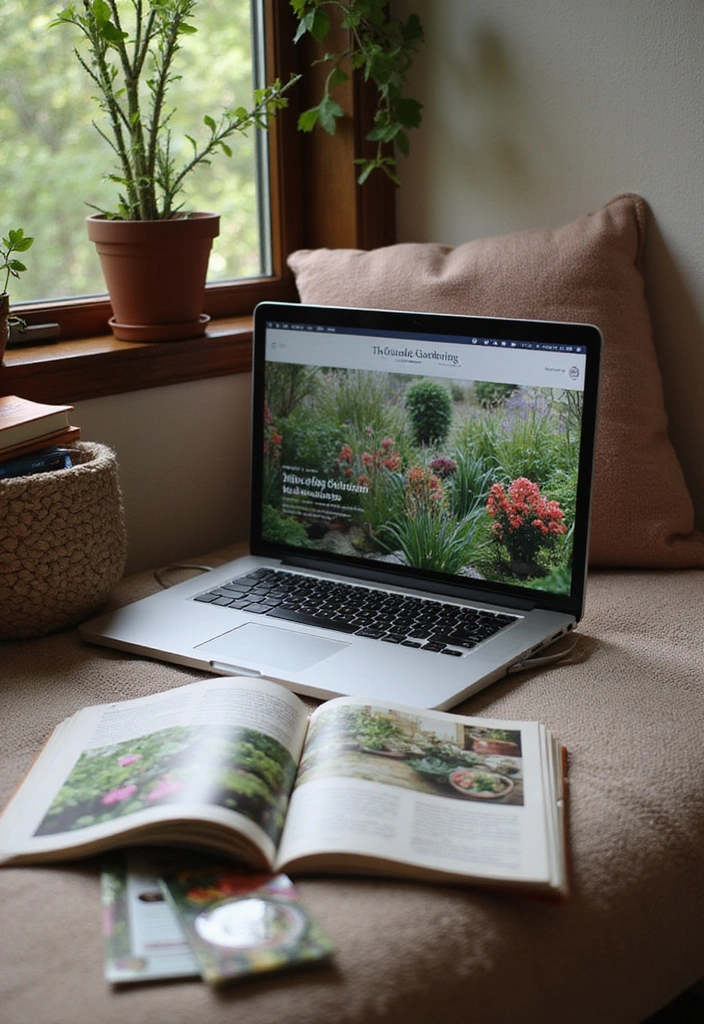
Gardening is a continuous learning journey! Stay inspired by exploring gardening books, online courses, and local workshops. Join gardening clubs or community groups to connect with fellow enthusiasts who can share tips and experiences.
Keep up with gardening blogs or Pinterest boards for new ideas. Experimenting with new techniques, plants, or designs will not only enhance your garden but can reignite your passion for gardening. The more you learn, the better your garden will thrive. Plus, cultivating a sense of community can provide invaluable support and encouragement!
13. Document Your Progress
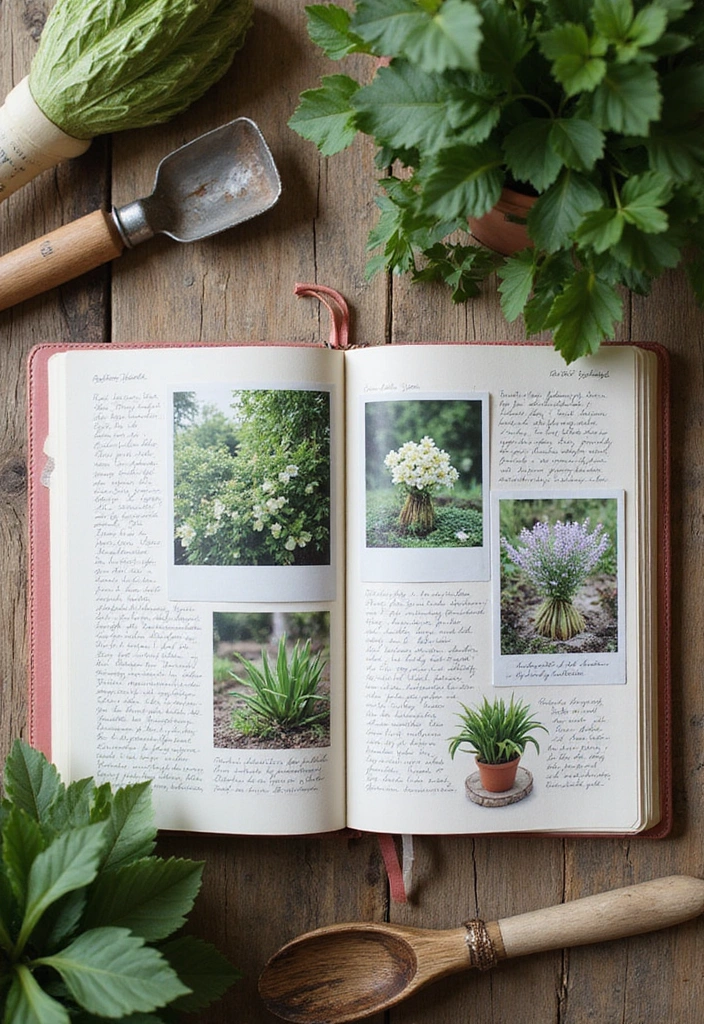
Lastly, documenting your garden’s progress can be both rewarding and insightful. Take photos of your plants as they grow, jot down notes about what works and what doesn’t, and track seasonal changes.
This practice will help you reflect on your gardening journey and can provide valuable data for future seasons. Use a garden journal or an app to keep everything organized. Plus, it’s satisfying to see how far your garden has come over time. Celebrate your wins and learn from the challenges to continue growing as a gardener.
Here we go for Final!
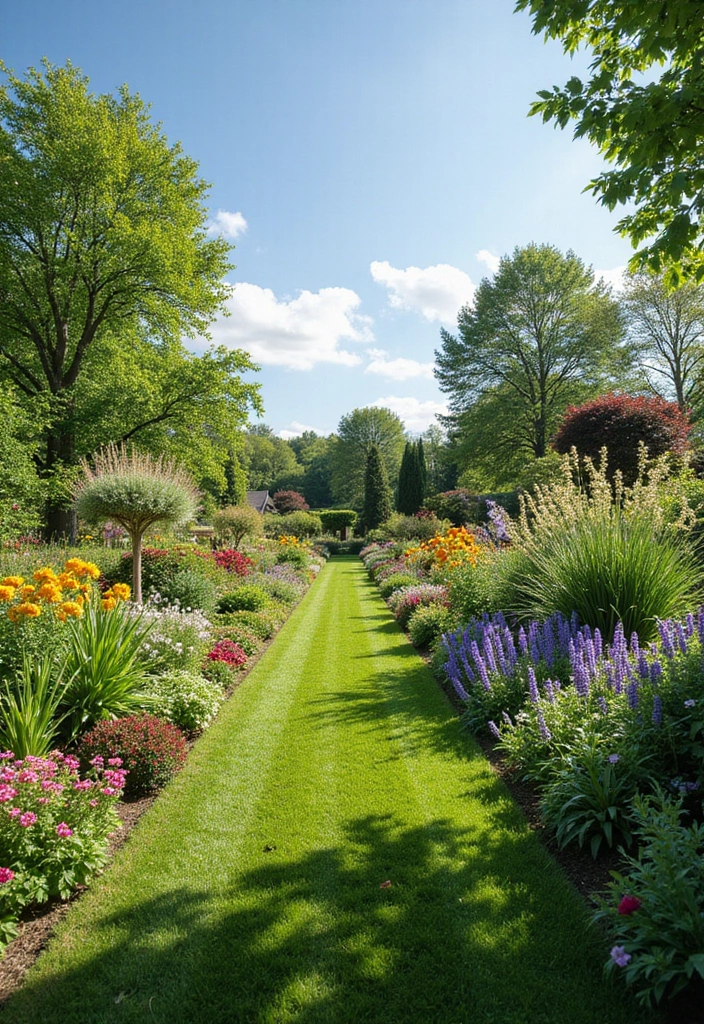
Maintaining a thriving garden doesn’t have to be overwhelming. With these 13 easy secrets under your belt, you’re well on your way to creating a beautiful and bountiful garden that flourishes throughout the year.
By incorporating these tips into your routine, you’ll find that garden maintenance can be both enjoyable and rewarding. So go ahead, embrace your green thumb, and let your garden shine!
